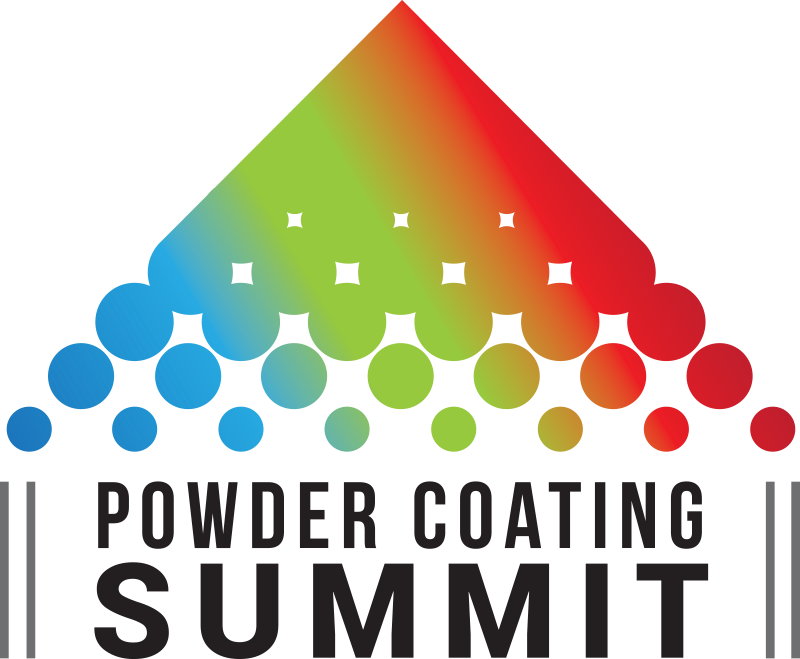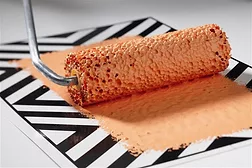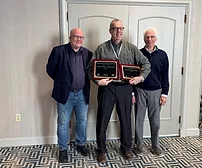Home » Keywords: » waterborne coatings
Items Tagged with 'waterborne coatings'
ARTICLES
A snapshot of the coatings market from Behr Paint Company
Read More
An Easy Additive Approach for Replacing Fluorocarbon Surfactants
in Water-Based Paints for Hot Block Resistance
Read More
Keep the info flowing with our eNewsletters!
Get the latest industry updates tailored your way.
JOIN TODAY!Copyright ©2025. All Rights Reserved BNP Media.
Design, CMS, Hosting & Web Development :: ePublishing










